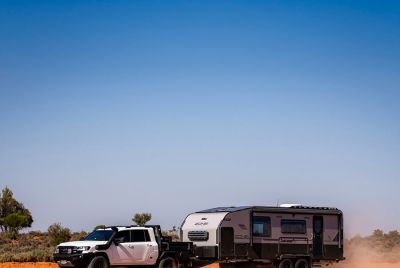Australian Iron Ore Mining Tycoon Rinehart To Invest On Gold Project

Australia’s wealthiest woman and iron ore billionaire Gina Rinehart has agreed to invest $4.2 million into a joint venture gold project located 70km north of Bendigo in central Victoria. The JV is between Catalyst Metals and Providence Gold and Minerals.
Rinehart’s investment will be coursed through one of her subsidiary companies, Gold Exploration Victoria. But while big, the $4.2 million investment only translates to a tiny proportion of Rinehart’s total wealth, which at 2014 was estimated to be at $20 billion, according to the BRW rich-list. The investment is just a tiny 0.021 percent chip off her wealth.
Gold Exploration Victoria will first spend $2.1 million accounting for a 25 percent interest on the Four Eagles project. It will then be repeated to reach a target of 50 percent. Of the two in the JV, Providence will sell its interest to Rinehart while Catalyst will continue to own the remaining 50 percent.
Providence will revert to a 2.5 percent net smelter return royalty. Ongoing expenditures for the Four Eagles project will then be shouldered and funded by Catalyst and Gold Exploration Victoria.
“This is an important milestone for the company and provides the opportunity for extensive drilling on the large Four Eagles gold footprint in the next two years without any change in Catalyst’s project equity or dilution to Catalyst shareholders,” Bruce Kay, Catalyst’s technical director, said in a statement. "Catalyst will be managing the program, Providence will still be very much involved and we will still continue to develop good relationships with local landowners and grain farmers.”
Discovered in 2010 by Providence Gold and Minerals, the Four Eagles project lies beneath a fairly shallow blanket of sand and clay. It is actually located, in an area where miners extracted 22 million ounces of gold in the 1800s. "I think they hopefully see the big potential of the area. Bendigo was historically the second richest gold field in Australia, chances are that you’re going to find gold there," Kay said.
To report problems or to leave feedback about this article, e-mail: e.misa@ibtimes.com.au.





















